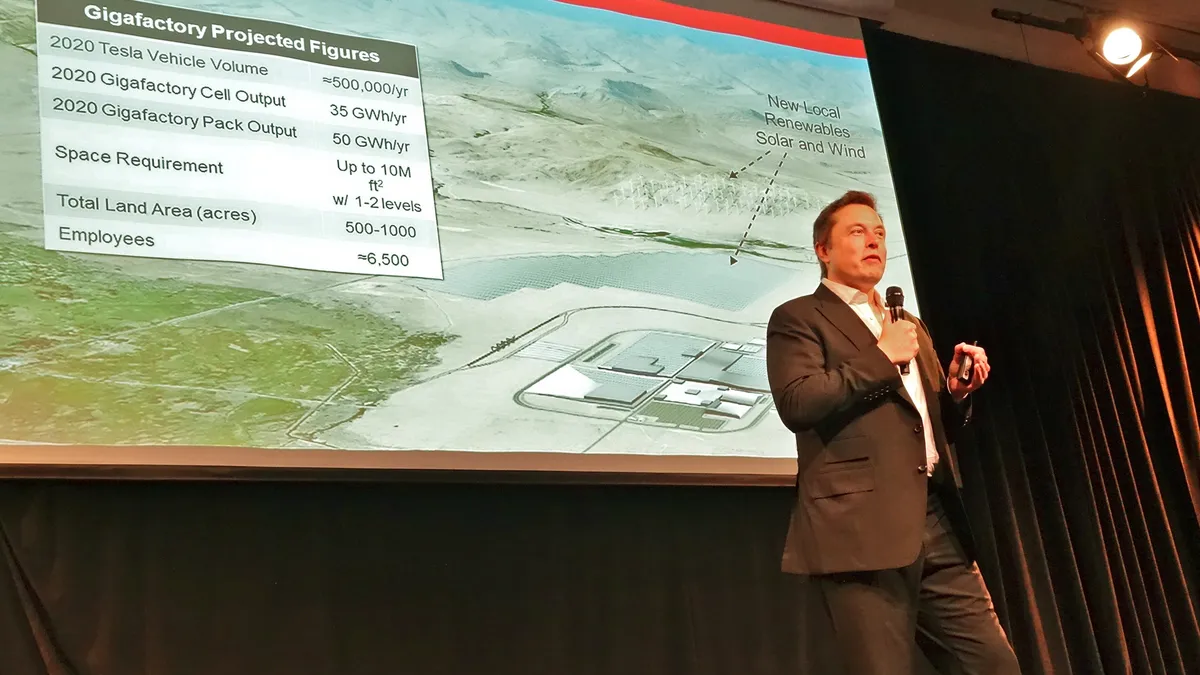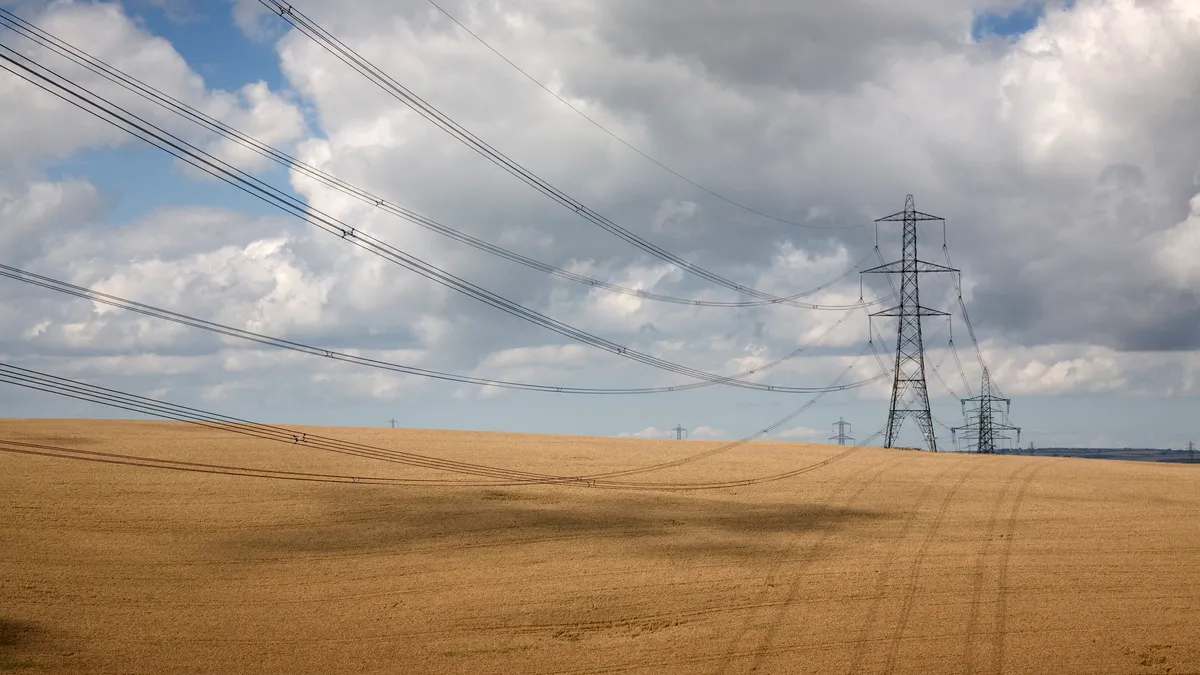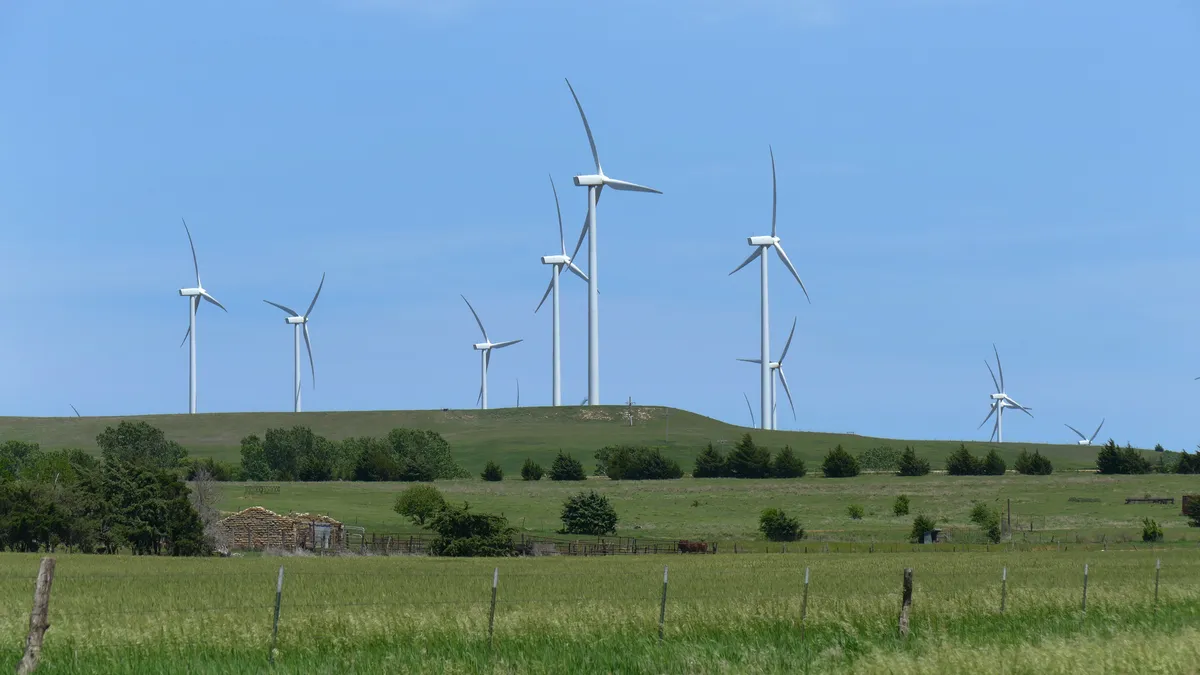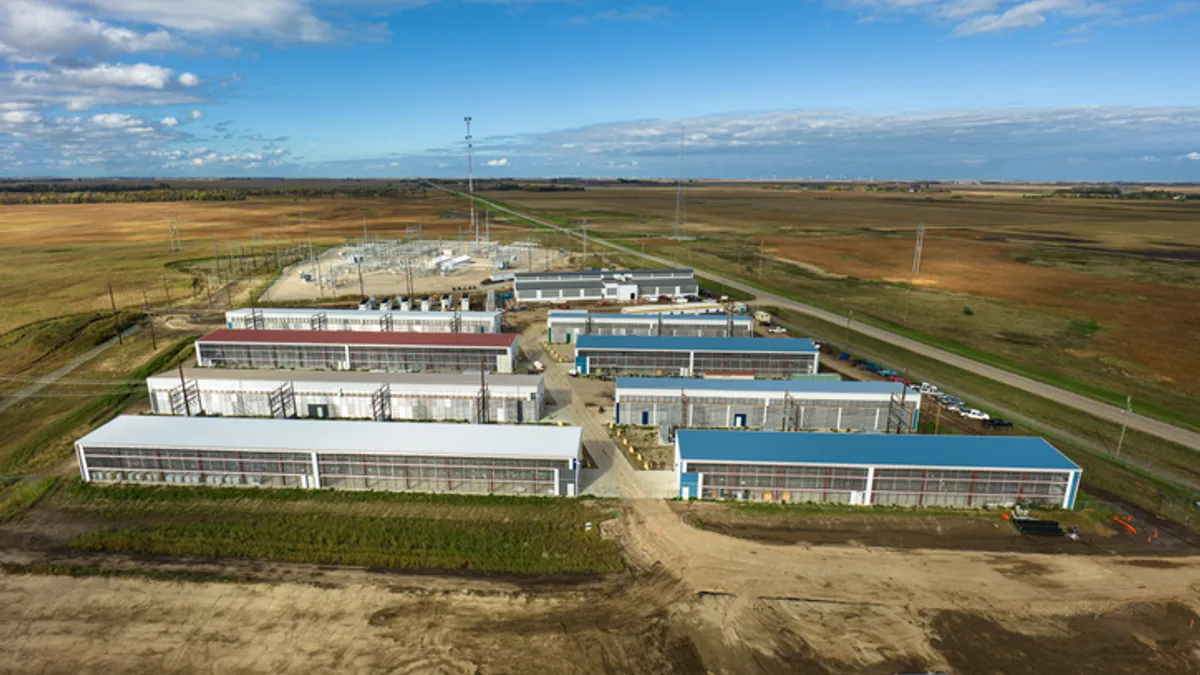Editor's Note: The following is a guest post from Jay Stein, a fellow at E Source, an energy consulting and research firm based in Boulder, CO. Stein has 25 years of experience in energy efficiency, renewables, and demand side management, and has authored or coauthored more than 100 technical papers, articles, and book chapters on those subjects. In this piece he considers whether Tesla's battery ambitions represent a threat to the utility business model.
It’s getting to the point where utility executives can’t surf the Internet anymore without their stomachs churning. Whenever they go online, everywhere they look, they see predictions that Tesla Motors is going to put them out of business. This idea seems to have originated about a year ago, when several analysts working for investment bank Morgan Stanley penned a report titled "Batteries + Distributed Generation May Be a Negative for Utilities." In it, they included a subsection titled “Projected decrease in costs of Tesla’s batteries and distributed generation could significantly disrupt the relationship between utilities and their customers.”
Before long, the Morgan Stanley analysts had plenty of company. An article on the tech website The Verge was headlined "Why Tesla's battery for your home should terrify utilities." And in an article carried by Bloomberg News titled "Tesla Battery Jolts Shares to Highs on Power Grid Disruption," the author explained that “Utility customers throughout the U.S. have already begun turning to battery storage and solar panels as a way of reducing electricity bills and their dependency on local power companies. … By lowering the cost of energy-storage with its lithium-ion batteries, Tesla could accelerate the disruption of the electric utility business. …”
A Washington Post article titled "Why your next home might be battery-powered"argued that “improving technology, falling prices and backing from electric car giant Tesla could soon make the battery powered home cheaper and easier than ever, challenging the long-held utility model of dependence on outside energy.”
Even Tesla CEO Elon Musk couldn’t resist getting into the act. In the widely publicized press conference in which he announced the advent of Tesla’s new line of stationary battery products, he proclaimed, “You could actually go, if you want, completely off-grid. You can take your solar panels, charge the battery packs and that’s all you use.”
But not even a month-and-a-half later, Musk was on the stage at the Edison Electric Institute’s (EEI) annual convention telling a different story. Here his message was that he and Tesla’s products were widely misunderstood. “I’m not really a fan of disruption,” he told the event’s attendees, who were largely utility industry executives.
According to a Utility Dive article penned from the convention, “Why Elon Musk thinks the future is bright for utilities,” Musk insisted that electric vehicles would drive more load onto the grid than solar and distributed generation would take off it. Furthermore, he explained that there had been a lot of confusion about the application of Tesla’s new Powerwall residential battery. According to Musk, the primary use of that battery will be for backup power, not for combining with solar panels to get off the grid. He blamed the widespread confusion about Powerwall batteries to some comments from SolarCity, that he said “were not completely correct.” Musk, who is the chairman of SolarCity, said that he had spoken with the company’s executives and straightened them out. He maintained that the primary use of Tesla’s stationary battery products would be for grid-scale storage, paid for and managed by the utilities.
So, which is it? Is Tesla going to disrupt the utility industry as Musk insinuated at his earlier press conference, or is Tesla a great friend of the utility industry as Musk insisted at his subsequent convention appearance? Without necessarily endorsing everything Musk said at the EEI convention, I expect that the the general Tesla-as-utility-ally scenario he laid out is a much more likely outcome. The electric utility industry stands only to benefit from the success of Tesla’s automotive and battery products. Furthermore, Tesla’s long-term success depends on a healthy electric utility industry. The same can’t be said for Musk’s other company, SolarCity, but that’s a story for another day.
To start with, I agree with Musk when he says that few customers in the U.S. will buy Tesla batteries in order to combine them with solar panels and cut their grid connection, despite the widespread emotional appeal of doing so. It’s not because Tesla’s management doesn’t want to sell batteries to those customers out of a sense of protectiveness toward the electric utility industry, but because the economics of adding batteries to solar panels is so unfavorable. Providing a nearly grid-tied level of electric availability with solar panels and batteries alone takes an inordinate amount of equipment.
For example, take a house that meets about half its annual electric load with solar panels and batteries. If you wanted to meet nearly that home’s entire electric load with solar, you wouldn’t just double the amount of panels and batteries. As I explained in a previous blog posting, under some circumstances, the solar array would need to be eight times as big, and the battery bank nearly six times as big. Much of this additional equipment would essentially be kept in reserve for the most extreme conditions.
Few people would be willing to make such a huge investment simply to get off the grid. That’s a key reason why we have electric utilities. By pooling resources, we avoid the full cost of our individual peak demands. Such an investment looks even worse when one considers that the vast majority of solar homeowners have access to net metering.
With net metering, there’s no need to buy any batteries at all. The utility essentially provides free storage and backup services. Furthermore, the storage services via the grid are better than batteries. They come without roundtrip efficiency losses, self-discharge losses, summer excess generation losses, space requirements, maintenance costs, and capacity degradation. What a choice: Spend lots of money on solar panels and batteries, some of which are rarely used, or get free storage and backup services from the local utility. I expect that nearly all solar homeowners will stay on the grid even if batteries are free, at least in the U.S.
But don’t take my word for it. If there were any solar company that would be likely to market solar panels combined with Tesla batteries for completely autonomous residential power systems it would be SolarCity. The company is not widely marketing this product, though. According to Peter Rive, SolarCity’s Chief Technology Officer (and Elon Musk’s cousin), “It's fundamentally way more expensive to remove a home off the grid—and you just lose the benefits of the network that currently exists.” Instead, SolarCity is almost exclusively marketing the Tesla Powerwall for backup power applications.
Despite such poor prospects for use as solar power storage, the Tesla Energy battery line seems to have generated tremendous interest in the market. Tesla can’t actually sell the batteries yet — according to Tesla’s website, the batteries won’t be available for shipping until this summer — but the company has been taking reservations. In a recent conference call, Elon Musk claimed that Tesla has taken more reservations for batteries than it can deliver until at least the middle of 2016.
It’s currently unknowable how many of those reservations will turn into actual sales, but if even a moderate portion come through, that would still represent a sizable achievement. Bloomberg News did the math on Tesla’s reservation claims in an article titled Can Tesla's Battery Hit $1 Billion Faster Than the iPhone?, calculating that if the reservations all turned into sales, Tesla would take in $800 million in revenue. To put that number into context, it took Tesla about nine months to collect that much revenue on its Model S car. The iPhone, one of the most successful product launches of all time, took about seven months to reach such lofty heights.
Of that incredible reservation volume, it appears that about 80%, on an energy basis, is for the Powerpack product, which is targeted to industrial facilities and utilities. With a capacity of 100 kilowatt-hours, the Powerpack is well suited to being ganged up into banks and used for grid-scale storage. Several utilities have announced their intention to partner with Tesla on such projects, including Southern California Edison, Oncor, and AES. Widely overlooked in all the pronouncements of impending doom for the utility industry is that companies that seek to disrupt industries do so by taking customers from those industries. They don’t sell most of their product output to the industries they seek to disrupt.
Tesla has no interest in disrupting the electric utility industry. Frankly, it relies on them for power to charge its well-crafted cars. It expects to sell a sizable portion of its stationary battery production to utilities for grid-scale applications. Only a trivial number of Tesla customers will combine their batteries with solar panels and leave the grid altogether.
The utilities have much to gain by supporting Tesla. With most of the industry experiencing flat or declining energy sales, electric vehicles could help boost sales in a way that reduces environmental emissions. More batteries being used for backup power can only help reduce customer dissatisfaction with outages, while adding to utility revenues as those batteries consume additional energy for trickle charging. The grid-scale batteries are valuable to utilities to help solve numerous problems, such as rapid load ramping, excessive supply during off-peak hours, and system constraints.
Utilities can also learn a lot from Tesla. Why did so many people jump to reserve Tesla batteries while others celebrated what they saw as the impending collapse of the electric utility industry? Because Elon Musk laid out a vision for them for how our society could overcome many of the problems associated with energy consumption. He addressed our anxieties by telling us how electrifying transportation and driving down the cost of storage by building scale would transform our economy into one powered by renewable energy. It didn’t matter that there were holes in his story big enough to drive an entire fleet of Tesla Model S's through. It was a story that many people wanted to hear.
In the early decades of the twentieth century, the electric utility industry articulated a similarly exciting vision. Back then, the vision consisted of bringing electricity to everyone, and along with it, light, refrigeration, heat, entertainment, and numerous other amenities. It’s been a long time since the electric utility industry had the mojo that Elon Musk has now. Be grateful that this time around, the man with the mojo presents a solid basis for a constructive partnership. It’s well past time for the electric utility industry to spin out a vision of its own that the public can get behind. Visionaries love a vacuum, and the next energy visionary to capture the public’s imagination is unlikely to have goals that are so well allied with the utilities.





















